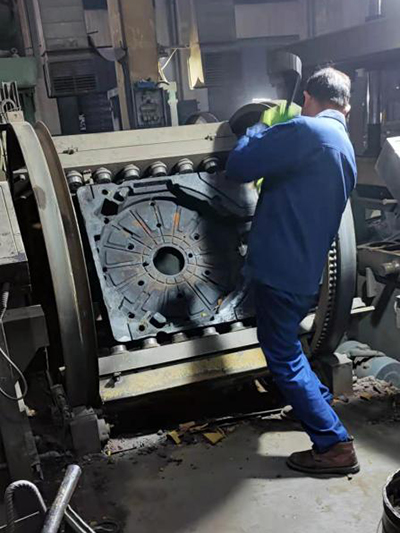The Evolution of Sand 3D Printing Technology
In recent years, the field of additive manufacturing has seen remarkable advancements, and one of the most intriguing developments is the emergence of sand 3D printing. This technology leverages the inherent properties of sand to create complex structures, making it an exciting frontier in construction, manufacturing, and even art. This article delves into the principles behind sand 3D printing, its applications, benefits, and future prospects.
Understanding the Technology
Sand 3D printing typically involves a process known as binder jetting. In this technique, a printer deposits a liquid binder onto a bed of sand particles, layer by layer, to create the desired shape. After each layer is printed, a new layer of sand is added, and the binder is applied again. This process continues until the object is fully formed. The result is a solid structure made primarily of sand, which can be further cured or treated for added strength.
One of the most significant advantages of using sand as a primary material is its abundance and low cost. Sand is one of the most widely available natural resources, which makes it an economically viable option for various manufacturing needs. Moreover, sand has a good thermal resistance, which is particularly advantageous in certain applications such as foundry molds for metal casting.
Applications of Sand 3D Printing
The applications of sand 3D printing are diverse and growing. One of the most notable uses is in the aerospace and automotive industries, where it is employed to create lightweight and complex parts. By utilizing sand 3D printing, engineers can design intricate geometries that traditional manufacturing methods struggle to achieve. Furthermore, this technology allows for rapid prototyping, enabling companies to test new designs faster than ever before.
In the construction sector, sand 3D printing shows immense potential. It can be utilized to produce molds for casting concrete, significantly speeding up the building process while reducing waste. Additionally, researchers are exploring the possibility of using 3D-printed sand structures to construct actual buildings. This method could lead to innovative architectural designs that are both aesthetically pleasing and highly functional.
sand 3d

Another exciting application is in the art world. Artists are increasingly turning to sand 3D printing to create intricate sculptures and installations. The versatility of the medium allows artists to push their creative boundaries and experiment with forms and shapes that would be nearly impossible to achieve with traditional techniques.
Benefits of Sand 3D Printing
The benefits of sand 3D printing extend beyond its applications. One significant advantage is sustainability. Traditional manufacturing processes can be resource-intensive and generate considerable waste. In contrast, sand 3D printing offers a more sustainable alternative by minimizing material waste and utilizing locally sourced sand. This not only reduces the carbon footprint associated with transporting materials but also promotes local economies.
Moreover, sand 3D printing is a fast and flexible manufacturing method. The speed of production allows for more efficient workflows, while the ability to easily modify designs based on real-time feedback makes it an ideal choice for customization. Companies can adapt quickly to changing market demands, making it a valuable asset in today's fast-paced business environment.
The Future of Sand 3D Printing
As technology continues to evolve, the possibilities for sand 3D printing are expanding. With ongoing research and development, we can expect to see improvements in printing speed, precision, and materials. Innovations such as the use of alternative binders, enhanced post-processing techniques, and the integration of smart technology will drive this industry forward.
In conclusion, sand 3D printing represents a significant advancement in additive manufacturing, offering a multitude of applications across various sectors. Its sustainability, efficiency, and flexibility position it as a crucial technology for the future. As we continue to explore and refine this technology, we can anticipate a new era of innovation that harnesses the power of sand to create a wide array of products, from industrial components to artistic masterpieces. The journey of sand 3D printing has only just begun, and the potential is limitless.
Post time:تشرینی دووەم . 08, 2024 19:18
Next:metal casting sand for sale
